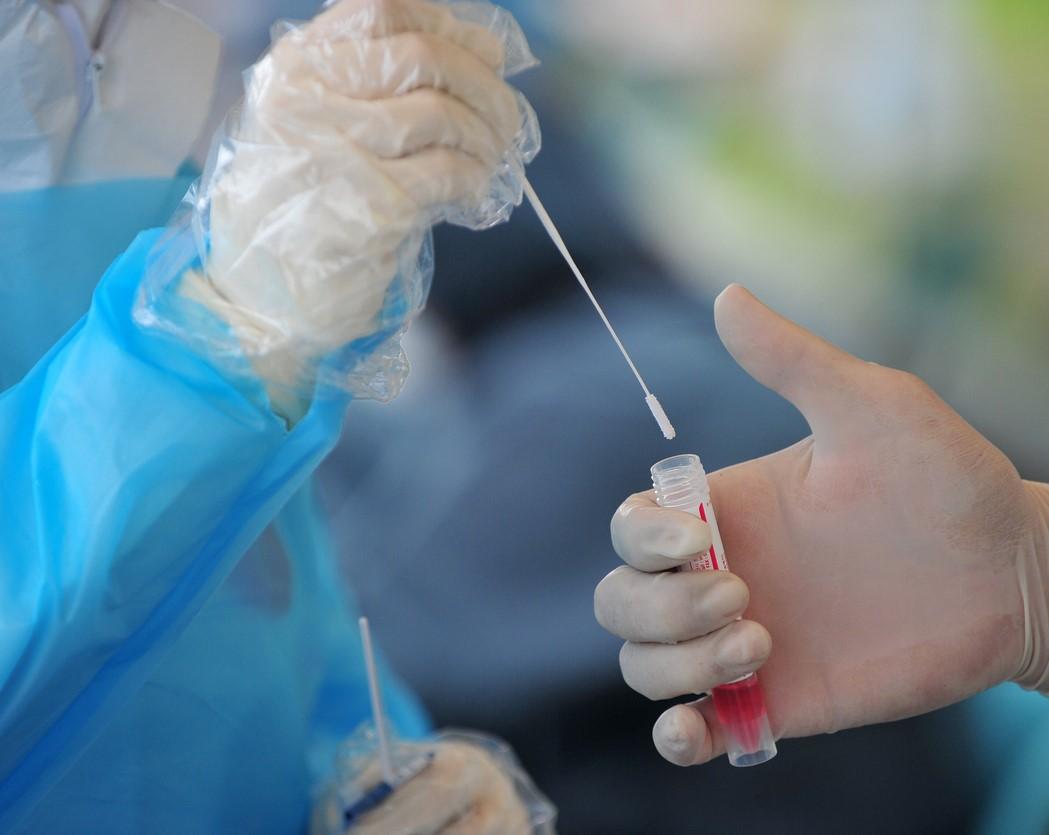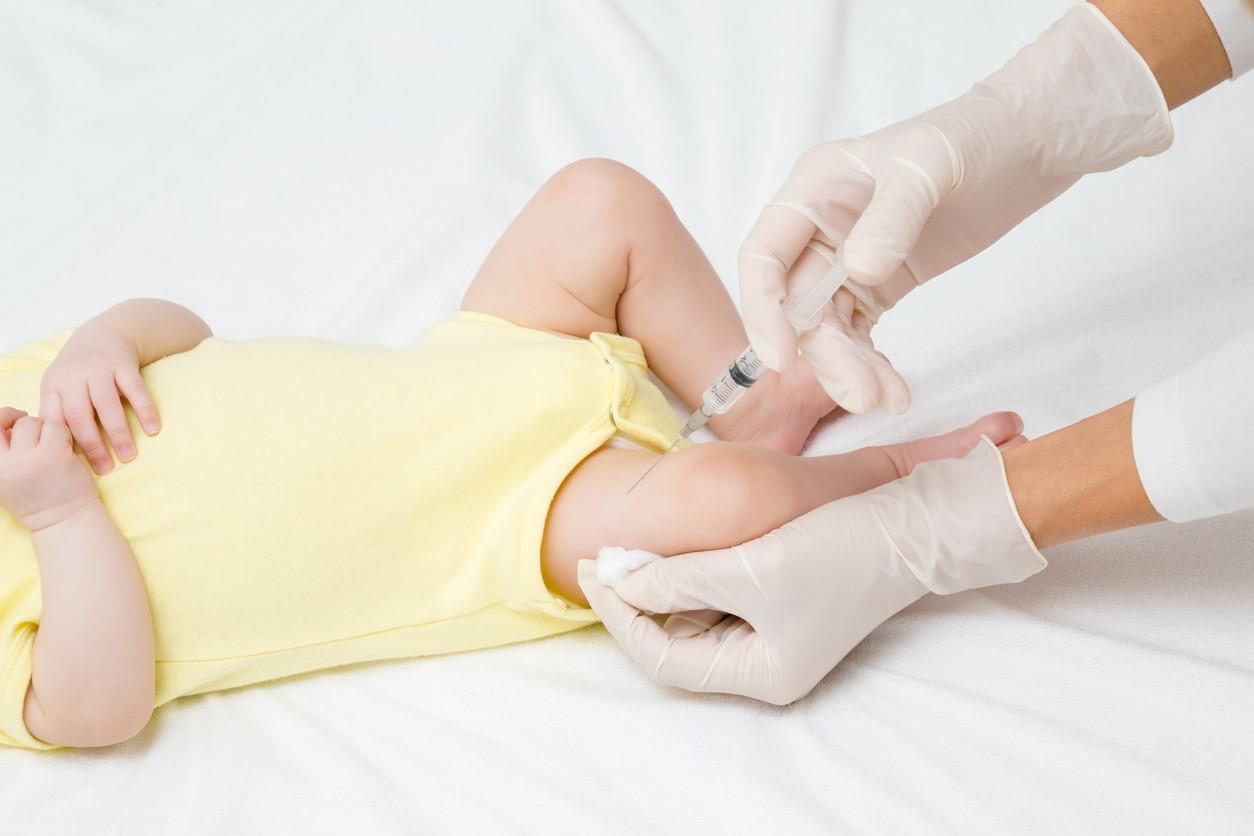Data from primary care facilities in Japan indicate that antibiotic prescriptions for COVID-19 were clustered among a small proportion of clinics, researchers reported today in JAMA Network Open.
Using data from the Japan Medical Data Survey database, a team of US and Japanese researchers found that from April 2020 through February 2023, among 528,676 patients with COVID-19, 47,329 (9%) received antibiotic prescriptions, most commonly clarithromycin (25.1%), followed by cefcapene (19.9%), cefditoren (10.2%), levofloxacin (9.9%), and amoxicillin (9.4%). Monthly antibiotic prescription rates fell sharply in January 2022, dropping from 24.8% before to 7.5% after. Patients seen after January 2022 were older (31.8 vs 34.1 years) and less likely to have comorbidities (18.2% vs 10.7%) than those seen before January 2022.

While antibiotic prescription rate varied by clinic, the top 10% with the highest absolute number of antibiotic prescriptions accounted for 85.2% of all antibiotic prescriptions for COVID-19, with a mean antibiotic prescription rate of 29.0% before January 2022 vs 26.0% after. In comparison, the remaining 90% of clinics has a mean antibiotic prescription rate of 1.9% before and 1.6% after January 2022.
Antibiotic prescription rates were higher among adults aged 18 to 39 (adjusted odds ratio [aOR], 1.69; 95% confidence interval [CI], 1.37 to 2.09) and those aged 40 to 64 (aOR, 1.36; 95% CI, 1.11 to 1.66) than among children 18 and under. The presence of comorbidities was associated with higher prescription rates [aOR, 1.48; 95% CI, 1.09 to 2.00). Physicians aged 60 years and older were more than twice as likely to prescribe antibiotics (aOR, 2.38; 95% CI, 1.19 to 4.47) than those aged 44 years and younger.
"Our findings may be helpful for policy makers to develop interventions to encourage appropriate antibiotic use," the study authors wrote.
















